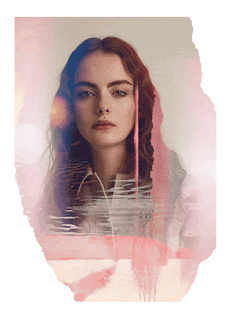Black and White or Monochrome Photography dates from around the middle of the 19th Century. Lots of different photographers used different systems to capture the first images onto plates
Roger Fenton 1854. Early example of War Photography for Newspapers was this shot of 'The Valley Of Death' so called because of the Charge Of The Light Brigade during The Crimean War. This photo has become infamous too, because other images taken at the same time show that Fenton and his assistants moved more of the shot and canon balls that had fallen onto the road to make the photo look more dramatic
Dorothy Catherine Draper by her brother John William Draper 1839 or 1840
Mary Dillwyn Wales 1853
Accurate Colour Photography using film for cameras was invented by Kodak in 1935 and called Kodachrome.
However since the early days of Black and White Photography Photographers and Artists had been hand colouring their monochrome photos using ink or watercolour. These transparent washes of colour allowed the tones of the original photo to show through
Hand coloured early deguerreotype plate photography hand coloured J Garnier 1850
Leonard Frank 1935 Hand coloured photograph
Lots of Artists and Photographers hand colour photos using inks, paint and now photoshop. Be careful when you are looking at examples. It may be an old photo that has been hand coloured recently
Early colour photography used a system of prepared plates and a colour system called autochrome. The colours were not accurate the the starch in the potato cells used to grap colour favouring reds and not seeing blue accurately
This is an autochrome photo taken on the beach in Dorset in 1913. The picture is of Christine Bevan aged 16/17 and was taken by her neighbour and amateur photographer Mervyn O'Gorman. Autochrome required a long exposure of over a minute which has given the background a soft focus and the low aperture to grab lots of light had pushed everthing behind the model out of focus. These photos have a real charm though and look surprisingly modern.
More of these Photographs
.jpg)


,_from_the_series_Thirty-six_Views_of_Mount_Fuji_(Fugaku_sanj%C5%ABrokkei)_MET_DP141056.jpg)
,_from_the_series_Thirty-six_Views_of_Mount_Fuji_(Fugaku_sanj%C5%ABrokkei)_MET_DP140999.jpg)
,_from_the_series_Thirty-six_Views_of_Mount_Fuji_(Fugaku_sanj%C5%ABrokkei)_MET_DP141022.jpg)





,_from_the_series_Thirty-six_Views_of_Mount_Fuji_(Fugaku_sanj%C5%ABrokkei)_MET_DP141020.jpg)
,_from_the_series_Thirty-six_Views_of_Mount_Fuji_(Fugaku_sanj%C5%ABrokkei)_MET_DP141007.jpg)
,_from_the_series_Thirty-six_Views_of_Mount_Fuji_(Fugaku_sanj%C5%ABrokkei)_MET_DP141087.jpg)
_MET_DP140975.jpg)
,_from_the_series_Thirty-six_Views_of_Mount_Fuji_(Fugaku_sanj%C5%ABrokkei)_MET_DP141003.jpg)
,_from_the_series_Thirty-six_Views_of_Mount_Fuji_(Fugaku_sanj%C5%ABrokkei)_MET_DP141017.jpg)
,_from_the_series_Thirty-six_Views_of_Mount_Fuji_(Fugaku_sanj%C5%ABrokkei)_MET_DP141043.jpg)





























